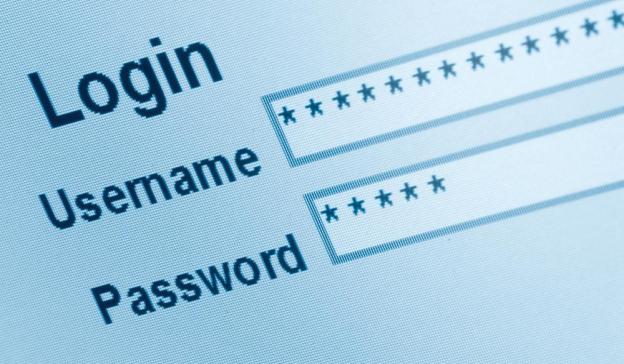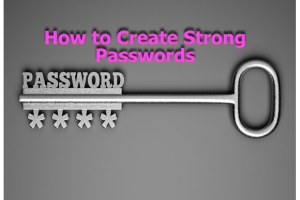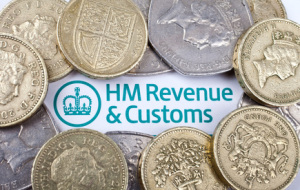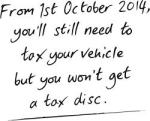So you would all have seen some sort of media coverage of the Chancellors Autumn Statement but most of what is in the press is just the headline grabbing key items. In fact as usual there was a vast array of tax areas covered. A lot, in fact most, of the changes do not affect the majority of people hence you won’t have seen them mentioned in the press.
Here’s my review of the main topics that will cover most of you and the topics that will cover at least one of my clients but there was much more.
If there are any areas that anyone wants me to elaborate on please email me directly.
Income Tax
The Personal Allowance for 2015/16 will increase to £10,600.
As this exceeds the age allowance this will apply to everyone born after 6 April 1938.
The Personal Allowance for those born before 6 April 1938 will be £10,660. As this is only £60 more than the standard personal allowance, those whose income exceeds £27,700 will only lose £60 from the age allowance write down.
20% rate band increases to £31,785 meaning the 40% rate band starts at earnings from £42,385, a much needed increase. Threshold for the 45% rate band remains at £150,000.
National Insurance
No rate changes for Class 1 & Class 4 but the upper earnings limit has been bought into line with the 40% income tax threshold of £42,385.
The rates for Class 2 & Class 3 will be increased.
Class 2 will be bought into the self assessment tax system and be paid with your tax bill from 2015/16 so no more monthly or quarterly direct debits for the self employed.
Employers will not have to pay secondary Class 1 NIC on the pay of employees under the age of 21 years unless they earn over £815 per week. This is extended to apprentices under 25 years old.
Extension to the £2000 employment allowance which reduces employers secondary Class 1 contributions. This will now also include domestic care and support workers.
Pensions
Abolition of the 55% charge on death.
- When an individual dies before age 75, the pension fund may pass tax free to the nominated beneficiary.
- When an individual dies over the age of 75, the pension fund, when withdrawn, will be taxed at the beneficiary’s marginal rate of income tax or 45% if taken as a lump sum.
This is extended to Annuities as well.
Overseas Matters
The proposal to restrict the personal allowance to non residents has been delayed until at least 2017.
Non-domiciliary Remittance Basis Charge (RBC)
Resident in the UK but not domiciled here for:
- 7 out of last 9 years – charge £30,000 per yr unchanged
- 12 out of last 14 years –charge now £60,000 per yr
- 17 out of last 20 years – charge now £90,000 per yr
Property Owners
Stamp Duty Land Tax on residential property has been reformed. Before if you were buying a property which falls into the 3% bracket you would have to pay 3% on the whole value, now you just pay the appropriate % on the value over each threshold. Rates as follows:
- Upto £125,000 0%
- £125,001 to £250,000 2%
- £250,001 to £925,000 5%
- £925,001 to £1.5m 10%
- £1.5m + 12%
Annual tax on enveloped dwellings (ATED)
Came into effect in 2013 and has raised 5 times more revenue than the government expected.
Applies to properties owned by ‘non-natural persons’ ie companies. These businesses are structured in a way to avoid paying Stamp Duty on purchased and/or Capital Gains Tax on sale. The ATED charge fills this gap. Rates as follows:
- Properties worth £2m to £5m – charge £23,350
- Properties worth £5m to £10m – charge £54,450
- Properties worth £10m to £20m – charge £109,050
- Properties worth £20m+ – charge £218,200
Business Owners
Intangible assets transferred on incorporation. 2 measures bought in to reduce the amount of tax relief available on incorporation of a business.
- Entrepreneur’s relief will not be available on the disposal of goodwill where an individual or partnership incorporates their trade.
- Corporation Tax relief is restricted on internally generated goodwill and customer-related intangible assets acquired from a related party on incorporation.
Employees
Simplification of expenses and benefits system.
Business Rates
The current doubling of Small Business Rate Relief will continue as will the 2% cap on the multiplier.
Shops, pubs, cafes & restaurants with a rateable value of less than £50,000 will see their current £1000 discount rise to £1500 pa.
Corporation Tax
The main rate will be bought into line with the small profits rate – both will be 20% from 2015/16.
Capital Gains Tax
Threshold increases to £11,100 for 2015/16
Inheritance Tax
No changes, it’s expected the current nil rate band will stay frozen until at least 2018/19.
ISAs
The annual savings allowance will increase to £15,240, currently £15,000.
ISAs are currently exempt from inheritance tax if passing to a surviving spouse but are taxable in the hands of the spouse. Now the spouse will receive a tax free allowance to cover the ISA amount so no income or capital gains tax will be payable.
Travel Expenses for Local Authority Councillors
Mileage allowance will now be capped at the Approved Mileage Allowance Payment rates.
Peer to Peer Lending
Growing in popularity due to various new websites
New relief to offset losses from bad debts against other P2P profits.
Other
Numerous other areas which have had some reform, if you want to know more please contact me.
- Non tax-advantaged share schemes
- Anti-Avoidance, Fee income on fund managers
- Special Purpose Share Schemes
- Miscellaneous Loss Relief
- General anti-abuse rule (GAAR)
- Serial tax avoiders
- Offshore tax penalties – now 200%
- Disclosure of tax avoidance schemes (DOTAS)
- Venture Capital schemes
- High risk promoters
- HMRC direct recovery of debts and the power to close aspects of an enquiry.
- Research and Development relief schemes
VAT
VAT on Prompt Payment Discounts – you normally calculate vat assuming customer will take the prompt payment discount. Now you will have to account for vat on the amount actually paid so will have to re-invoice for the extra vat if discount wasn’t taken.
VAT refunds for search & rescue and air ambulance charities, hospices, various government departments and the Highways Agency which will shortly be replaced by a government owned company.
Air Passenger Duty exemption for under 12 year olds, extending to 16 year olds in 2016.
Fuel duty of 7.9p per litre put on Aqua Methanol.
Data from Tolley via Association of Accounting Technicians
Picture courtesy of Unsplash




















